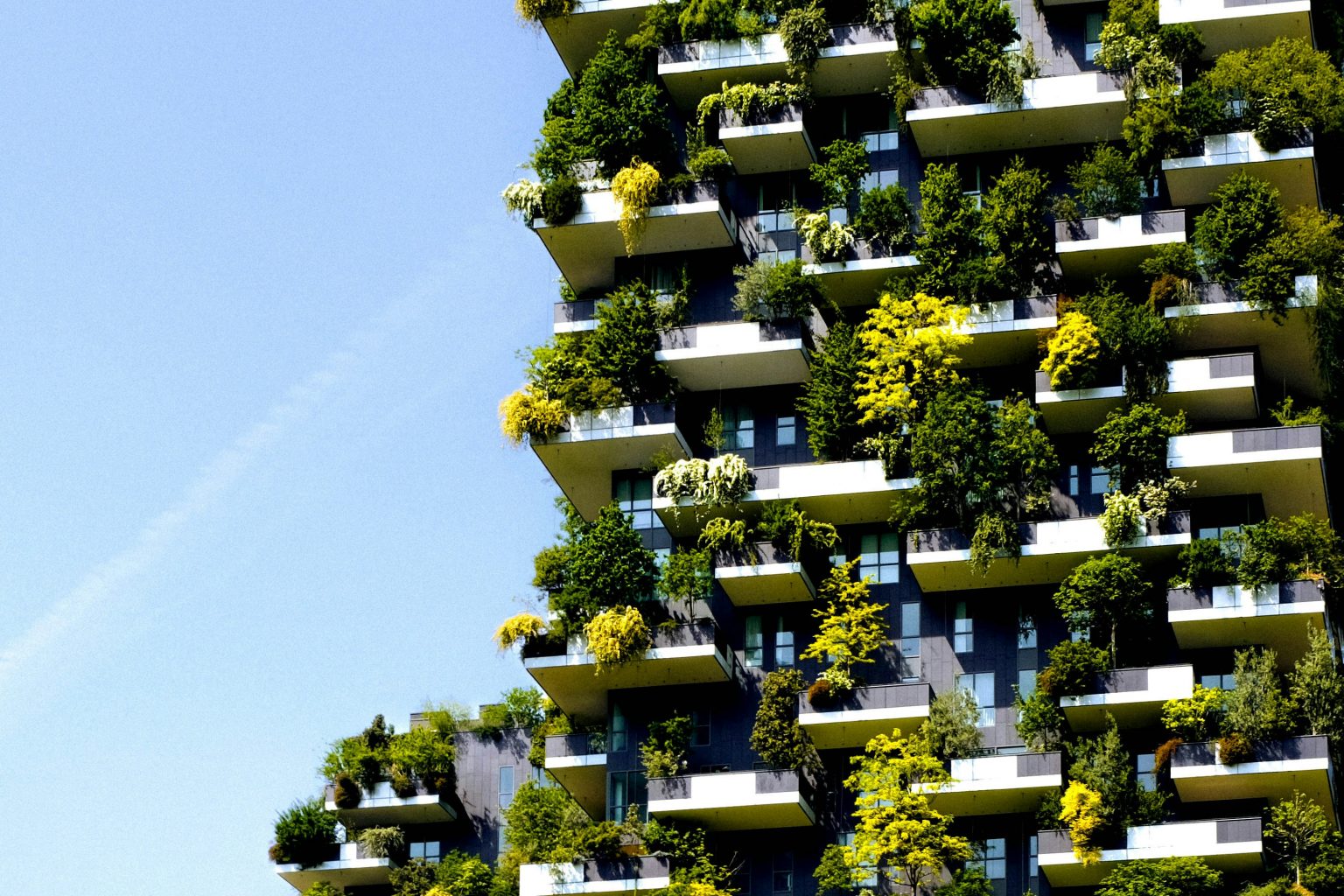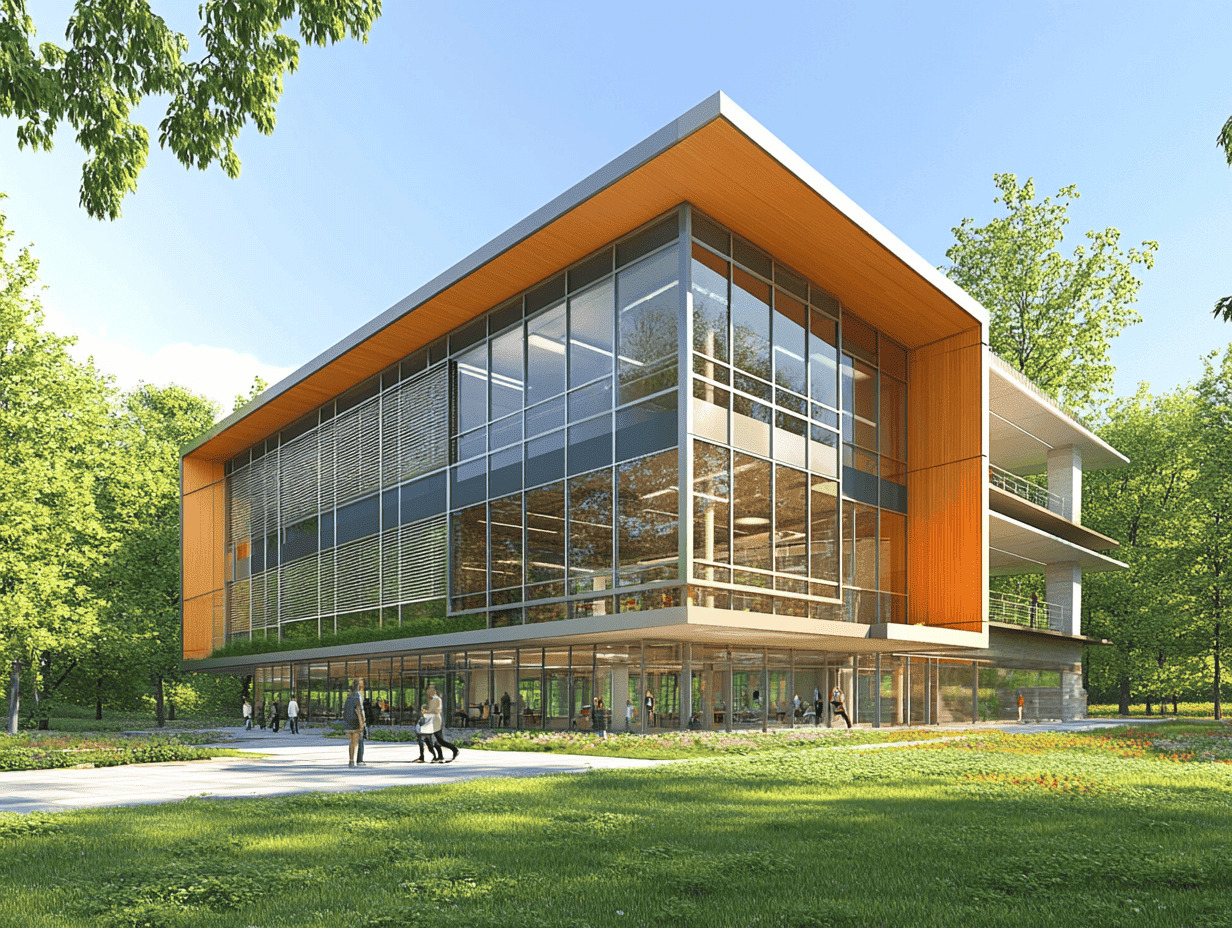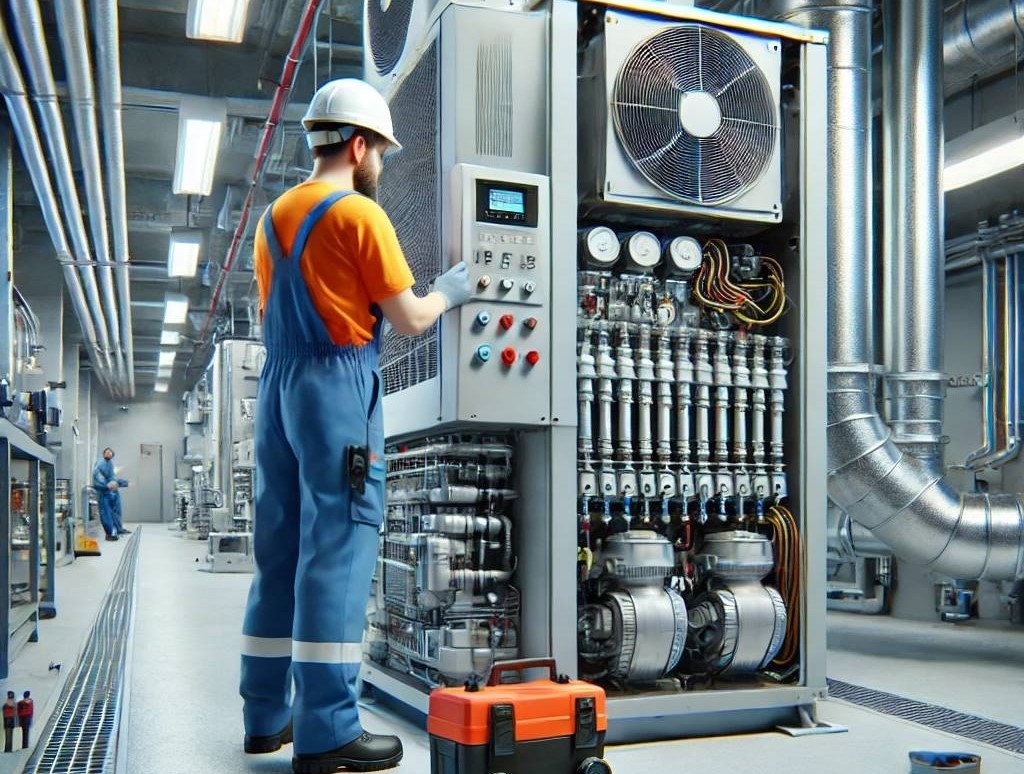In a world where well-being and health have become priorities, healthy architecture plays a fundamental role in planning and building environments that promote quality of life.
Transforming spaces into healthy buildings not only involves complying with environmental regulations, but also implementing strategies that improve indoor environmental quality, optimize energy efficiency, and reduce negative impacts on occupant health.
Next, we will explore the key principles for space design. healthy, analyzing how factors such as air quality, thermal comfort, acoustics, and the use of sustainable materials can influence the creation of safer and more comfortable environments.
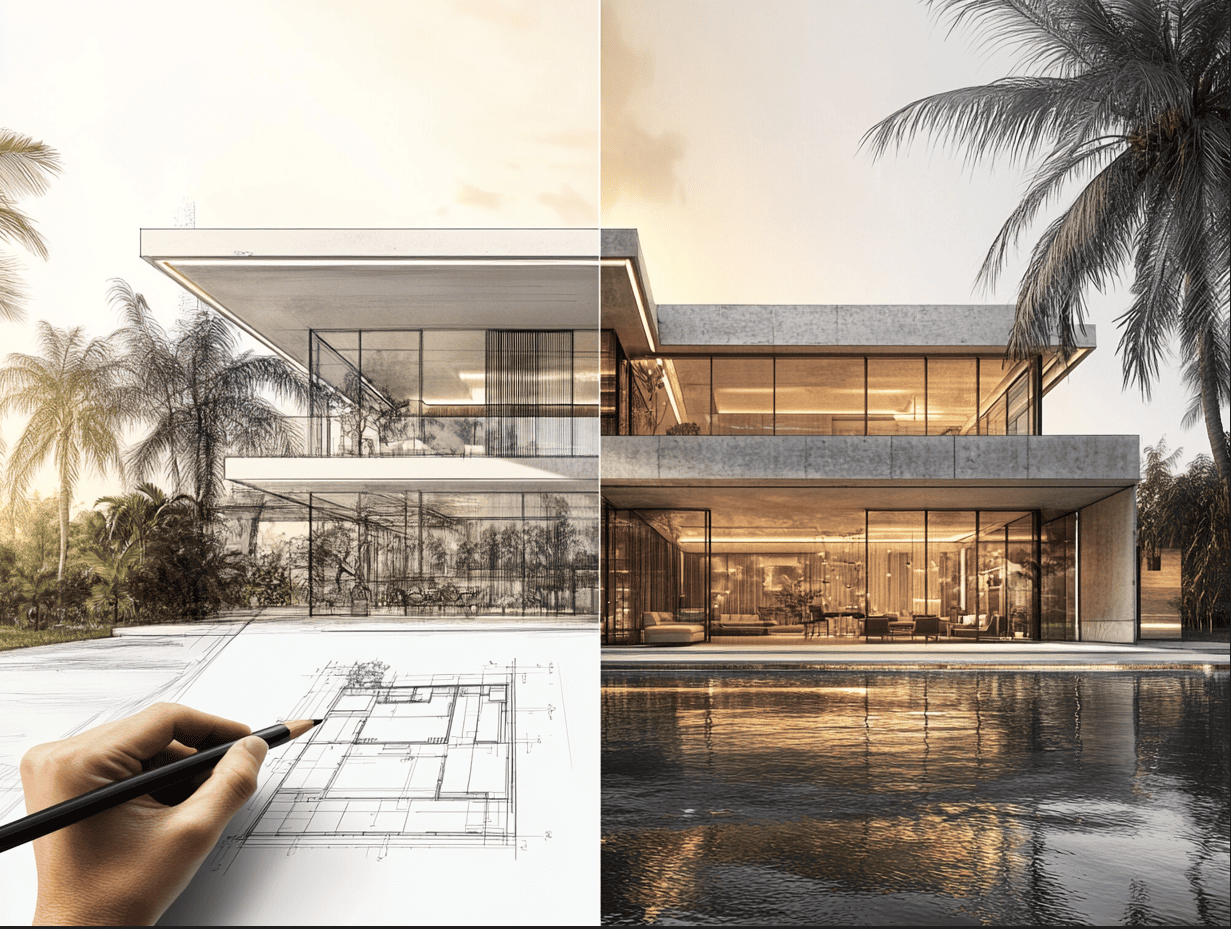
Keys to Designing Healthy Buildings
- Air Quality in Buildings
Indoor air pollution is one of the main concerns in urban environments. The presence of volatile organic compounds (VOCs), suspended particles, and other pollutants can affect the health of occupants. To mitigate these risks, the following are recommended:
- Use of adequate ventilation systems that ensure constant air renewal.
- Incorporate filters in air conditioning systems.
- Select low-VOC paints and materials.
- Adequate Ventilation in Buildings
An efficient ventilation system improves comfort and reduces the concentration of pollutants. To achieve this:
- Use of air quality sensors to monitor CO2 concentrations.
- Design of facades that allow efficient air circulation without energy loss.
- Thermal Comfort in Indoor Spaces
Thermal comfort is key to productivity and well-being in offices, homes, and educational centers. Some strategies include:
- Appropriate selection of building envelope characteristics.
- Sun protection for windows.
- Use of energy-efficient HVAC systems with efficient thermoregulation.
- Natural Lighting and Biophilic Architecture
Natural lighting plays an essential role in well-being and reducing energy consumption. To maximize its use:
- Design spaces that take advantage of natural lighting and avoid glare.
- Incorporate intelligent lighting control systems.
- Apply biophilic design principles, integrating natural elements into the built environment.
- Use of materials with a lower environmental impact in construction
The use of sustainable materials contributes to reducing the building's ecological footprint and improves the health of its occupants. It is recommended:
- Use certified wood, concrete with lower embedded carbon, and natural paints.
- Avoid materials with toxic components.
- Use natural insulators, such as cork or sheep's wool, to improve thermal and acoustic comfort.
- Humidity Control and Acoustic Insulation
Excessive humidity can cause mold and respiratory problems. To prevent it:
- Use vapor barriers and adequate drainage systems.
- Install humidity sensors in smart buildings.
- Implementation of ac solutions Features such as absorbent panels and double partition walls in work or residential spaces.
- Safety and Pest Prevention in Buildings
A healthy building must guarantee a safe environment through:
- Use of fire detection and smoke ventilation systems.
- Implementation of materials and solutions that prevent the proliferation of pests.
- Compliance with safety regulations in healthy buildings.
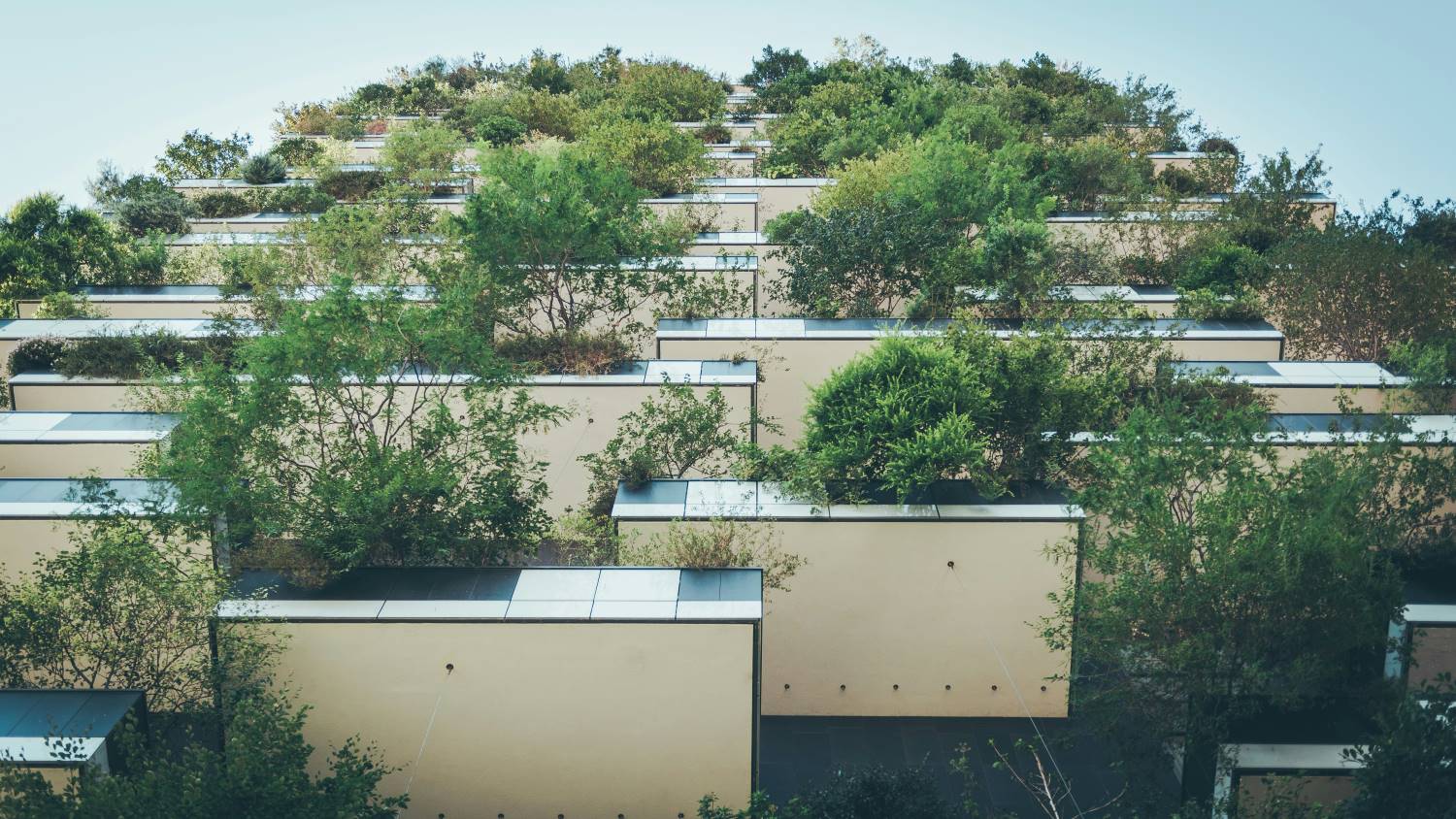
Benefits of Healthy Buildings
- Greater well-being and productivity: Healthy spaces improve concentration, reduce stress, and increase occupant performance.
- Reduced energy consumption: Energy efficiency in buildings minimizes operating costs and the environmental impact Environmental.
- Regulatory compliance: The implementation of healthy architecture strategies ensures compliance with sustainable building regulations and indoor environmental quality.
- Increased real estate value: A building with environmental certifications and healthy features is more attractive to tenants and buyers.
The transformation of spaces into healthier environments is a key factor in sustainable urban development. Implementing strategies such as optimizing ventilation in buildings, using sustainable materials in construction, and integrating natural lighting into architecture allows us to design infrastructures that not only meet high quality standards but also improve the lives of those who live there.
At Almar Consulting, we have a team of experts in sustainable architecture with extensive experience in the design and supervision of projects aligned with the principles of sustainable construction.
If you are looking to optimize the indoor environmental quality of your projects, contact us and let's work together to create healthier and more efficient spaces.
